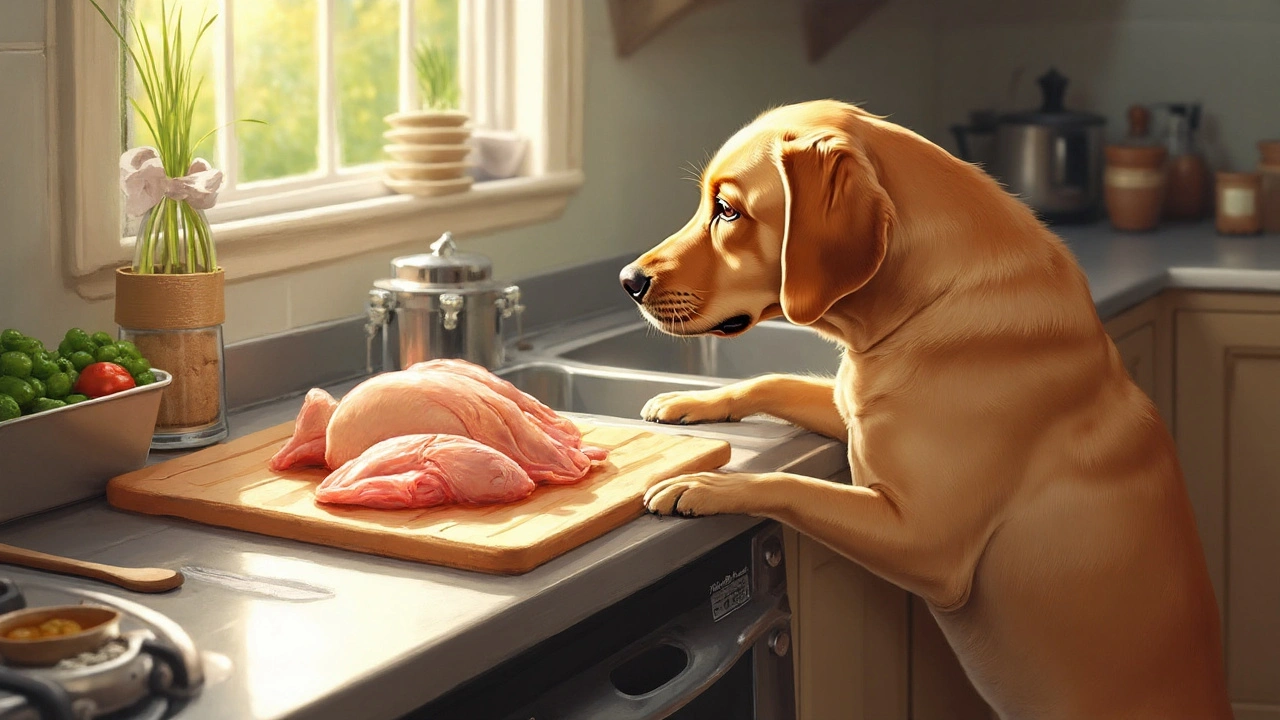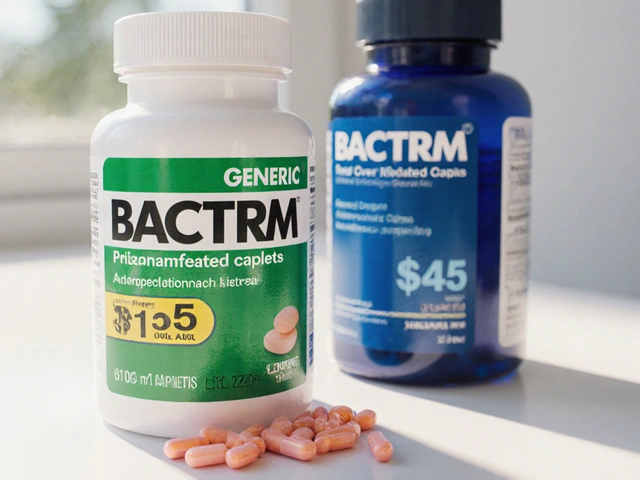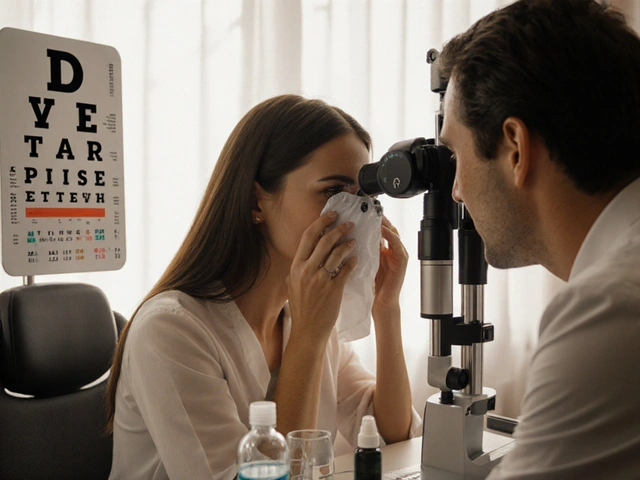Pet Hygiene: Simple Tips for a Clean, Healthy Pet
Keeping a pet clean isn’t just about looking good – it stops bugs, smells, and health problems. You don’t need fancy tools or a lot of time. A few easy habits can make a huge difference for your dog, cat, rabbit, or any critter you love.
Everyday Grooming Basics
First, brush your pet daily. A quick sweep removes loose fur, dirt, and mats that can trap bacteria. Use a brush that matches the coat type – slicker for long hair, bristle for short hair. If you hear a tug, stop and check for knots.
Next, check ears and eyes. A cotton ball or soft cloth wipes away crust and wax. Look for redness or discharge – those can be signs of infection. A gentle wipe keeps the area dry and reduces itching.
Bath time doesn’t have to be a chore. Aim for a bath every month or when your pet gets especially dirty. Use a pet‑specific shampoo; human products can irritate their skin. Warm water, a calm voice, and a towel ready for a quick dry will keep the experience stress‑free.
Don’t forget nails. Trim them once a month or when you hear a clicking sound on the floor. Too long nails can cause pain and affect gait. If you’re nervous, have a vet or groomer show you the right way first.
Cleaning Your Home After Pets
Pet hair spreads fast. Vacuum twice a week on carpeted areas and use a lint roller on fabrics. A good vacuum with a HEPA filter traps dander that can trigger allergies.
Deal with accidents right away. Blot the spot, then clean with an enzyme‑based cleaner. Regular cleaners can leave odor that encourages repeat accidents, while enzymes break down the proteins that attract pets back to the same spot.
Wash pet bedding weekly. Hot water kills fleas, ticks, and mites that hide in the fibers. If you can’t wash a blanket, toss it in the dryer on high heat for 30 minutes – the heat does the trick.
Keep food and water dishes clean. Rinse them after each meal and scrub them with mild soap once a week. Dirty dishes can breed bacteria that lead to stomach upset.
Finally, set up a pet‑friendly zone. A mat at the door wipes paws, and a basket for toys cuts down on clutter. A tidy area means less mess to clean and a happier pet.Putting these habits into a routine takes just a few minutes a day, but the payoff is big: fewer vet visits, less odor, and a pet that feels comfortable in its own home. Start small, pick one tip, and add another each week. Your pet will thank you with wagging tails, purrs, or happy hops.
Learn how salmonella spreads to pets, spot symptoms early, and follow practical steps to keep dogs, cats and other companions safe.



 Medications
Medications




